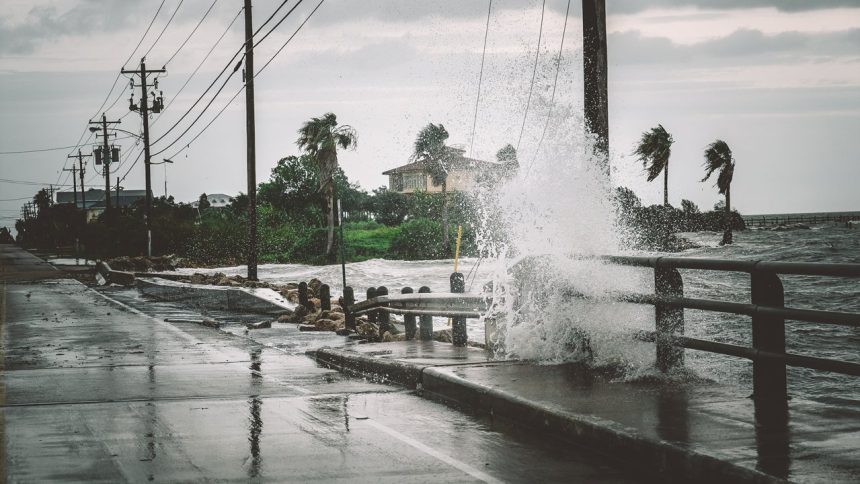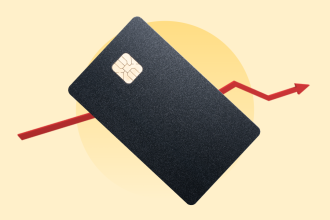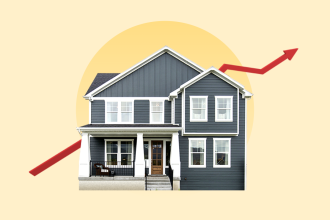Everything is apparently bigger in Texas, including extreme weather. The Texas hurricane season runs from June to late November, however, the most dangerous time for hurricanes in the Lone Star State is August through mid-October. That doesn’t mean Texas homeowners should let their guard down other months of the year, though. Hurricane Beryl, a Category 5 storm, made landfall in July 2024 and caused somewhere between $28 to $32 billion in damage. Plus, data from the National Weather Service show that hurricanes have hit the Texas coast every month of hurricane season, save for November.
The key to hurricane preparedness goes beyond just boarding up your windows. To be financially protected from hurricane damage, it’s important to have insurance policies — home, flood and wind, depending on your location — in place before the Texas hurricane season begins.
When is hurricane season in Texas?
The official Texas hurricane season runs from June 1 to November 30, mirroring the rest of the U.S. However, August through October are generally considered to be the peak months for hurricane season. Most storm activity has historically occurred during these months. According to the National Oceanic and Atmospheric Association (NOAA), about 78 percent of tropical storm days, 87 percent of minor hurricane days and 96 percent of major hurricane days occur within this 92-day window.
Are hurricanes common in Texas?
Texas has a long history of hurricanes, with the earliest recorded hurricane making landfall here in 1851. Then, in 1900, the Great Galveston Hurricane devastated the Galveston Bay Area. The deadliest natural disaster in U.S. history, it claimed between 8,000 to 12,000 lives.
Since 1900, Texas has been more directly impacted by hurricanes than any other state except Florida. The average annual rate of tropical storms or hurricanes in Texas is 0.8. This means Texans can expect an average of about three hurricanes or tropical storms to hit within a four-year span. Over the last 20 years, Texas has experienced the most direct impacts from hurricanes. 2015’s Hurricane Harvey was the deadliest and the most expensive.
Some of the worst hurricanes in Texas history include:
- Hurricane Carla (1961) – Category 4, $1.9 billion in damage, 125 fatalities
- Hurricane Beulah (1967) – Category 5, $1.6 billion in damage, 56 fatalities
- Hurricane Alicia (1983) – Category 3, $1.3 billion in damage, 18 fatalities
- Hurricane Rita (2005) – Category 3, $20.6 billion in damage, 11 fatalities
- Hurricane Ike (2008) – Category 3, $32.3 billion in damage, 23 fatalities
- Hurricane Harvey (2015) – Category 4, $125 billion in damage, 68 fatalities
- Hurricane Beryl (2024) — Category 5, $28–$32 billion in damage, 36 fatalities
Common types of hurricane damage
Hurricanes most commonly cause wind and flood damage, both of which can require extensive repairs to your home. When a hurricane makes landfall, the average sustained wind speeds range from 100 to 150 mph, with winds from stronger storms exceeding 200 mph.
If you’re in the path of the hurricane, there will likely be wind damage to your home. Structural damage, like damage to your roof or siding, is common. Hurricanes may also cause severe flooding due to storm surges or heavy rains. This can, in turn, cause serious damage to the interior and exterior or total loss of your home.
According to NOAA, serious flooding events caused by hurricanes have an average price tag of about $4.7 billion per event. Severe storms, the most frequent type of disaster, have an average cost of $2.3 billion per event.
How to prepare your home for hurricane season
Preparing your home and your family before a hurricane hits may help you avoid damage and stay safe.
1. Review your insurance policy
It’s important to take the time to look over your homeowners insurance policy prior to hurricane season. That way you’ll understand what your policy does and does not cover before you need to file a claim. Many policies have exclusions, and it’s not uncommon to need endorsements or separate policies for certain types of coverage.
For example, standard home insurance policies do not cover flooding, and insurance companies can impose moratoriums on adding coverage before a hurricane. So, reviewing your policy before a storm is on the horizon can help ensure you have sufficient coverage in place.
Texas windstorm insurance
In some counties along the Gulf Coast, wind damage is not covered by a home insurance policy. These include:
- Aransas
- Brazoria
- Calhoun
- Cameron
- Chambers
- Galveston
- Harris (east of Highway 146)
- Jefferson
- Kenedy
- Kleberg
- Matagorda
- Nueces
- Refugio
- San Patricio
- Willacy
If you live in one of the counties listed above, you will need a wind insurance policy in order to be financially protected from wind damage. It’s also possible that homeowners in Brooks, Fort Bend, Goliad, Hardin, Harris, Hidalgo, Jackson, Jim Wells, Liberty, Live Oak, Orange, Victoria and Wharton County may not have wind coverage through standard home insurance. You can purchase wind insurance through a private provider or the Texas Windstorm Insurance Association.
2. Inspect and maintain your roof prior to hurricane season
Roof damage is common during hurricanes, but you can take steps beforehand to try to minimize the impact on your roof. Prior to hurricane season, inspect your roof. Look for missing or damaged shingles. Also, it may be helpful to check your roof’s pitch to make sure it’s steep enough to direct water away from your home.
3. Remove debris and loose items from your yard
Eliminating yard debris and anchoring down loose objects may help to protect against hurricane damage. Take time before hurricane season to clear your property of anything that could blow around in high winds or wash away in flood waters. Pay close attention to AC units, gutters, antennas and satellite dishes. Secure items like patio furniture, wind chimes and bird baths that could batter your home.
4. Yard and plant maintenance
Consider removing trees or plants within 20 feet of your home to reduce damage if they topple during a storm. Take care of basic lawn maintenance like filling in low areas prone to flooding and removing overgrown branches.
5. Have a working generator
It’s not uncommon to lose power due to hurricanes, so it can be useful to have a generator on hand to help power your refrigerator and other appliances. Generators should be in an open space away from your home, ideally in a garage or shed.
6. If you have an above-ground swimming pool, drain and store it
Hurricanes can cause heavy rains and flooding, and these could easily flood your pool and cause the water to overflow. Above-ground pools or pool covers could even become projectiles in high-wind weather.
7. Prepare an emergency kit and evacuation strategy
As hurricane season approaches, ensure your emergency kit is stocked with supplies like water, non-perishable food, flashlights, batteries and a first aid kit. Gather important documents like birth certificates, passports and insurance info in a waterproof, accessible container. If you have pets, include supplies for them in your emergency kit like food, medications, leashes and carriers to transport them if needed. Develop an evacuation plan with routes and destinations identified in case officials issue an order to evacuate. Planning ahead helps ensure you and your loved ones, including pets, can make a quick exit and remain safe in a hurricane.
Frequently asked questions about hurricane insurance
Read the full article here
















